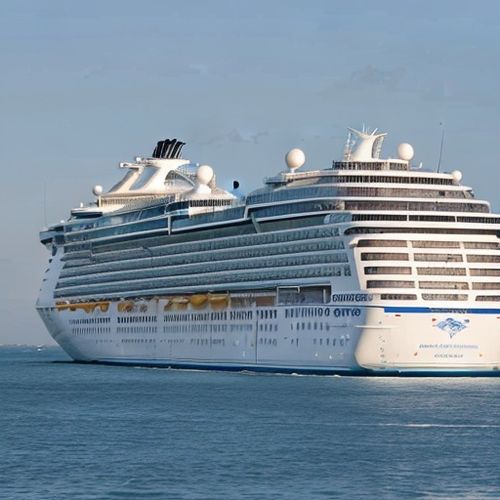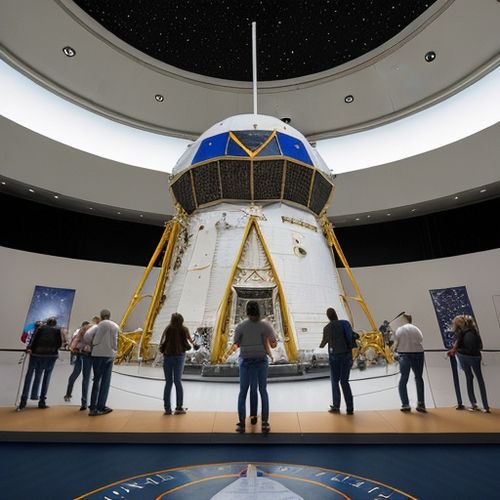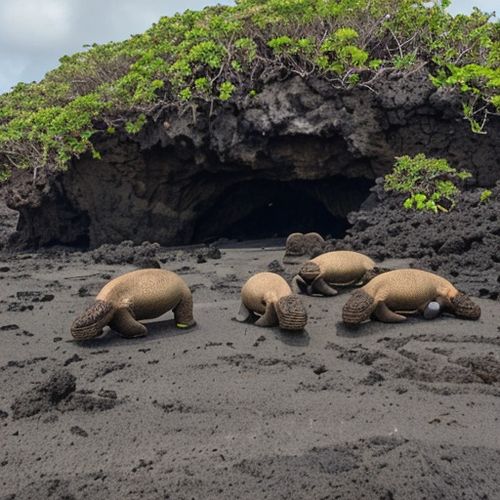The cruise industry has entered a new phase of its post-pandemic recovery as several major operators quietly drop vaccine requirements for most sailings. This strategic shift comes after months of pressure from travel agents and customers demanding a return to pre-COVID accessibility, but the decision wasn't made lightly. Behind the scenes, cruise lines have been conducting intensive risk assessments weighing public health concerns against commercial realities in what amounts to one of the sector's most consequential calculations since the 2020 shutdowns.
Medical advisors and actuaries have been crunching numbers comparing vaccination rates, onboard testing capabilities, and hospitalization statistics to determine whether vaccine mandates still provide meaningful protection. Their findings suggest that with Omicron variants showing increased vaccine evasion but decreased severity - particularly among boosted passengers - the marginal benefits of universal vaccination requirements no longer justify the operational constraints. This epidemiological calculus forms the backbone of the policy change, though some physicians on cruise line advisory boards reportedly expressed reservations about abandoning what had been a cornerstone of COVID mitigation.
The business case for dropping requirements became increasingly compelling as cruise operators analyzed booking patterns. Internal metrics showed vaccine-mandated itineraries were losing market share to competitors with more lenient policies, particularly for family travel. With pediatric vaccination rates lagging behind adults and many destinations relaxing entry rules, maintaining strict mandates risked alienating a crucial customer segment. Revenue projections indicated the policy change could accelerate the return to 2019 occupancy levels by next summer, though these estimates bake in assumptions about continued mild variants and stable healthcare systems.
Operational considerations played equally heavy in the risk assessment. The logistical complexity of verifying thousands of passengers' vaccination status created bottlenecks during embarkation, while last-minute cancellations by unvaccinated travelers (or their vaccinated companions) left ships sailing with empty cabins. Crew members interviewed anonymously describe the vaccine verification process as increasingly chaotic as passengers presented documents from dozens of countries with varying authenticity. This administrative burden showed diminishing returns as breakthrough infections became commonplace regardless of vaccination status.
Legal teams have been monitoring the evolving liability landscape, where recent court rulings have made it harder to attribute COVID infections to specific venues or events. The change in requirements coincides with cruise lines quietly removing COVID-related language from passenger contracts, effectively shifting more risk onto travelers. This legal recalibration mirrors broader societal trends toward personal responsibility, but plaintiff attorneys warn it may invite fresh litigation if outbreaks occur on ships with relaxed protocols.
The risk assessment identified particular challenges for certain itinerary types. Expedition cruises to remote regions and longer transoceanic voyages - where medical evacuations pose greater difficulties - will maintain stricter health protocols. Similarly, operators targeting older demographics are proceeding more cautiously, with some maintaining vaccine requirements for select sailings through 2023. This segmented approach reflects sophisticated data analysis showing significant variation in risk tolerance and vulnerability across customer profiles.
Behind the policy shift lies an uncomfortable truth the industry acknowledges privately: The economic damage of maintaining pandemic-era restrictions now outweighs the public relations risk of COVID outbreaks. Internal communications reveal executives gambling that media and passenger tolerance for onboard cases has increased sufficiently that sporadic outbreaks won't trigger the reputational crises seen in 2020. This calculation incorporates focus group data showing travelers increasingly view COVID as an endemic risk comparable to norovirus - unpleasant but not shocking.
The removal of vaccine mandates introduces new operational vulnerabilities that risk managers are still addressing. Medical staff must now prepare for treating more unvaccinated passengers who may experience severe symptoms, requiring adjustments to onboard pharmaceutical inventories and equipment. Crew training programs are being updated to handle potential conflicts between passengers with differing risk tolerance, while marketing teams develop messaging to reassure cautious travelers without alienating those celebrating the newfound freedom.
Destination ports present another layer of complexity in the risk equation. While major tourist hubs have aligned their entry requirements with cruise operators' relaxed standards, some smaller islands maintain strict protocols. This creates itinerary planning challenges and potential last-minute changes that could spark passenger dissatisfaction. Industry analysts note that the true test of this policy shift will come when a ship experiences a significant outbreak - whether companies can manage such situations without reverting to stricter measures may determine the long-term viability of vaccine-optional cruising.

By Jessica Lee/Apr 7, 2025

By Emily Johnson/Apr 7, 2025

By Jessica Lee/Apr 7, 2025

By Joshua Howard/Apr 7, 2025

By Amanda Phillips/Apr 7, 2025

By Sophia Lewis/Apr 7, 2025

By Samuel Cooper/Apr 7, 2025

By Michael Brown/Apr 7, 2025

By Elizabeth Taylor/Apr 7, 2025

By Sarah Davis/Apr 7, 2025

By Daniel Scott/Apr 7, 2025

By Grace Cox/Apr 7, 2025

By Grace Cox/Apr 7, 2025

By Ryan Martin/Apr 7, 2025

By Christopher Harris/Apr 7, 2025

By Lily Simpson/Apr 7, 2025

By Elizabeth Taylor/Apr 7, 2025

By Christopher Harris/Apr 7, 2025

By Noah Bell/Apr 7, 2025

By Thomas Roberts/Apr 7, 2025